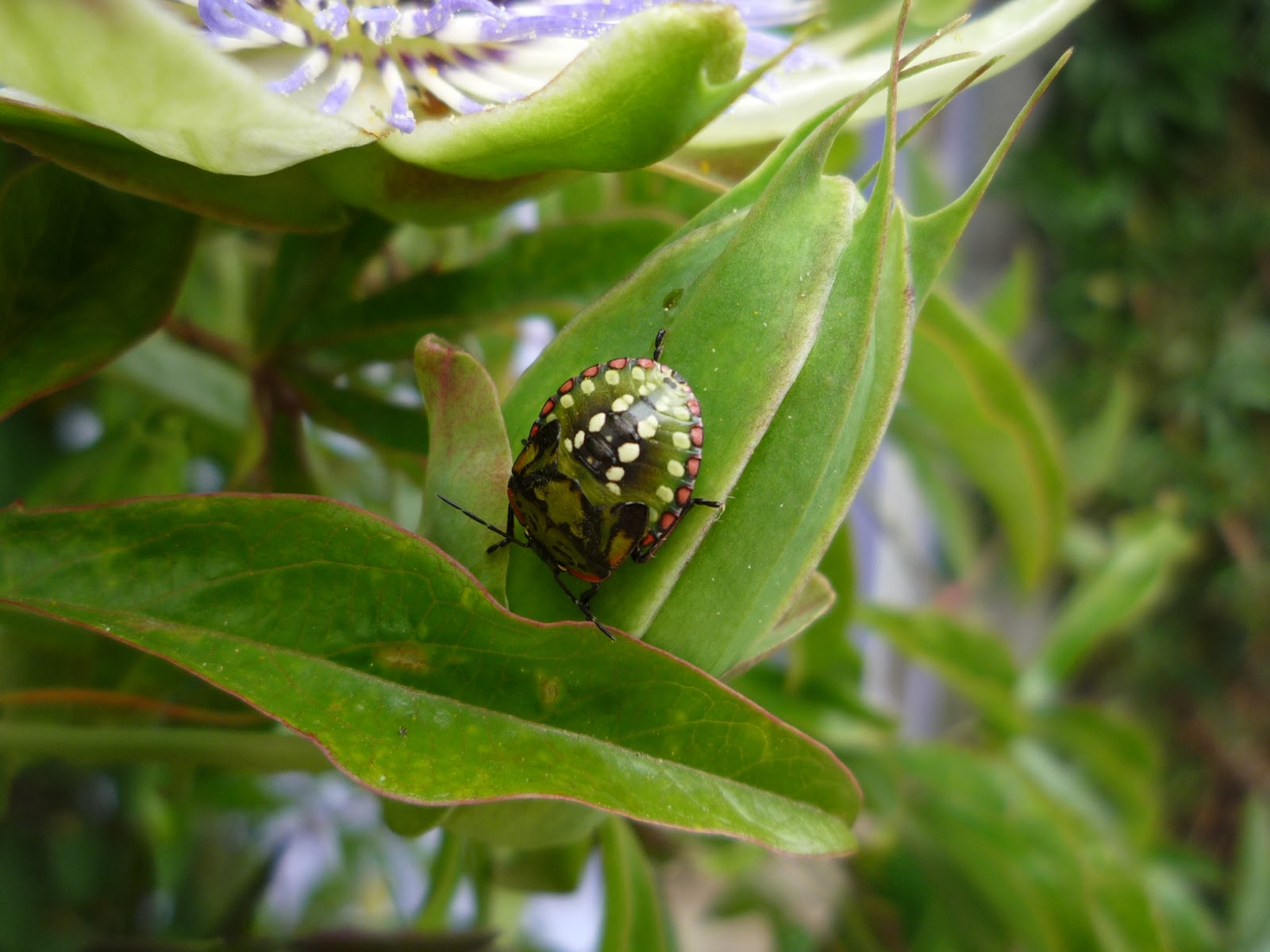Box Assemblage in its original expression is an artistic grouping of two and/or three dimensional collage made up of found objects placed within the confines of a box. Often the box and its objects contain a specific narrative, pay homage to an idea or person, or pictorially represent a memory. The most famous of the Box Assemblage artists was the New Yorker, Joseph
Cornell (1903-1972), who created 'worlds within
boxes', initially just to entertain both himself and his brother. Using pallet wood and discarded window glass to create the box within which to assemble the objects, seemed to us a great way to continue the theme of reuse, repurposing and recuperation, which lies at the very heart of the genre.
This like many of our projects is a joint adventure in which Sue and I pool our resources, this time to create an assemblage box for a gift. We've made several of these for our own house too, in particular the alternative to the bathroom cabinet and the rather whimsical triptych on our rural seaside life.
We store up ideas in cardboard boxes, for use later - usually in Winter, when we actually live in the house rather than the garden and/or workshops! Below is an idea with the working title Our Bird Box, which will feature some of Sue's collection of cock's eggs and moulted feathers she has collected over the years.
If you are interested in the roots of Box Assemblage and the life and work of Joseph Cornell there is a great documentary Worlds in a Box narrated by the late Tony Curtis, himself an aficionado and artist of the genre. You can find it on Youtube.
A word about using old glass
In our box design we incorporated glass from windows we source from a local joiner. Much of this collection has been used to glaze our house and make greenhouses. In the older windows, the glass contains imperfections of manufacture, ripples and bubbles, features which only add to its appeal for use in artistic projects. This does however, make it more difficult to cut, so in the true spirit of Box Assemblage, the size of the glass dictates the size of the box and thus creates the restrictions of the 'world' in which to assemble the found objects. Assemblages are often on-going projects, so starting with the glass and then slowly building up a collection can make for an organic process and a very satisfying final effect. Similarly, we incorporated a hinged lid, which could allow for opening and adding to the project.
Preparation of the planks
Select planks of the same thickness, which are the best looking and the least damaged. For the back of the box we used some tongue and groove, which had been thrown out at one of our neighbouring DIY stores but pallet wood would be fine. Some of the pallet wood I had selected for its appearance was warped, which is quite a common occurrence with pallets.
I started by planing the upper and lower faces of the pallet wood plank. Once I had the smooth planed face of the wood, I could then proceed to deal with the warped edges.
I attached a straight edge to the planks and ran them through my home-made router table. The straight edge ran along a guide after which I could then remove the straight edge, turn the plank over and use the new straight edge of the plank against the guide to repeat the process on the other edge.
Construction of the lid
I removed the glass from the window and cleaned the putty from the edges with a sharp knife.
On measuring the glass thickness, I found that my circular saw would cut a groove of adequate width to fit. I then cut the groove in two of the planed planks and then cut strips from them to make framing material.
The sawn edge of the grooved strips was 'cleaned' using the router.
The strips were cut to length to fit the glass and I decided to have mitred (picture frame) corners, so I used my home-made hand sander to tidy up the cut ends.
The frame was glued together around the glass and I used a frame clamp to hold everything together whilst it dried.
Assembling the box and the box assemblage
The walls were assembled using butt joints, glued and nailed. The rear face of tongue and groove was stapled in place thus reinforcing and stiffening the structure.

For the box assemblage we used found objects, plus I fabricated certain others from scrap metal, pallet and fruit-crate wood and bamboo and Sue also made items in modelling clay, which she painted with ecological paints and water colours. The assemblage was then first planned and then finally glued with hot melt onto the back wall of the box, which had firstly been lined with selected papers and sheet music. The whole idea was to create an amusing, eclectic composition with a dash of surrealism.
As you will no doubt have guessed the box was made for someone who is a hunter-gatherer and who has also been an artisan baker with a prize recipe for a traditional regional dish. He is also a fellow devotee of pallet repurposing!
I fitted two recuperated hinges and a catch fashioned from a piece of wood and the box was ready for its lid.
And now, if you'd like to, sit back and watch the film:
Thanks for dropping by and feel free to comment and/or share this article. Hope to see you next time. Cheers, Andy
© Andy Colley 2014




















































